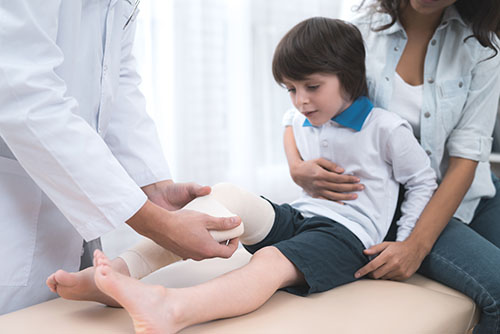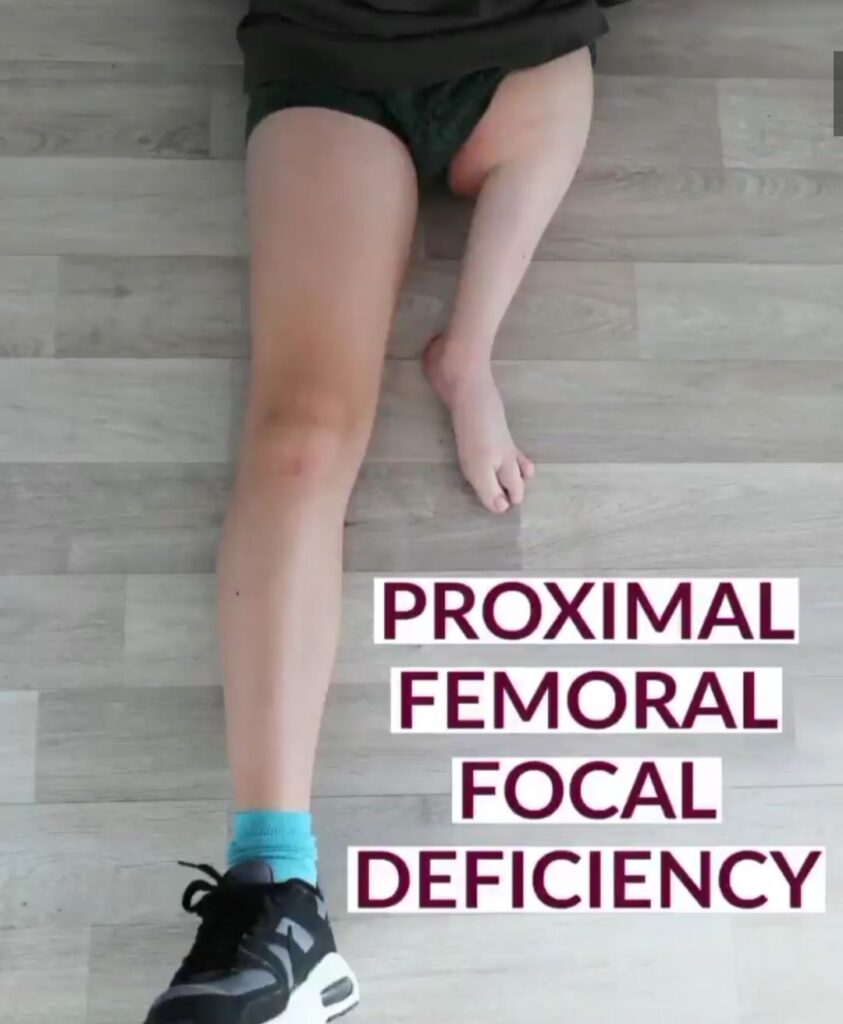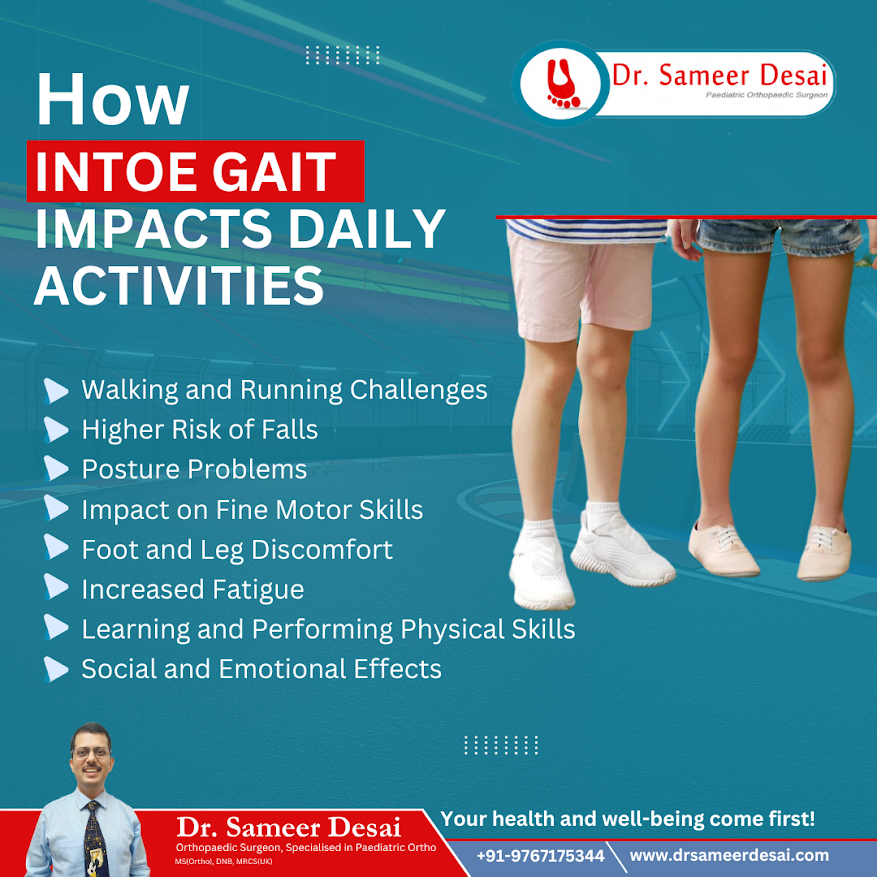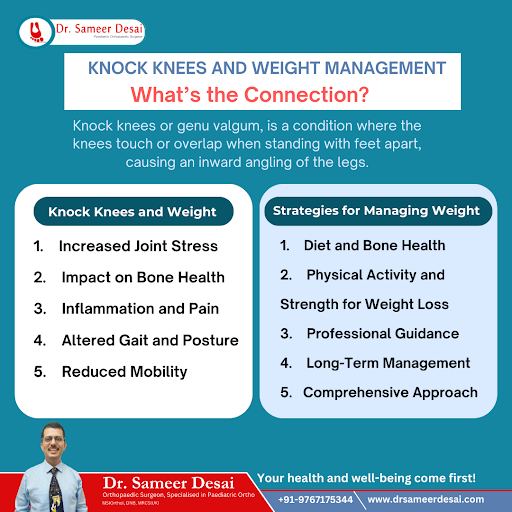Understanding Typical Knee Injury Types in Children
Children are naturally energetic and love to engage in various physical activities like running, jumping, and playing sports. However, this high level of activity can make them more susceptible to knee injuries. As a Pediatric orthopedic surgeon and knee specialist, I frequently treat young patients who have sustained knee injuries. Knowing the types of common knee injuries can help parents recognize symptoms early and seek timely care. Below are five common types of knee injuries in children. 1. Knee Fracture: Direct impact from a fall or accident can result in a knee fracture, especially involving the patella (kneecap). These fractures in youngsters may be caused by contact during sports, falls from a bike, or accidents on the playground. Severe pain, bruising, swelling, and trouble moving the knee are some of the symptoms. Treatment options vary from casting to surgery, depending on the severity, but children usually recover well with the right care. 2. Ligament Injuries Sports like basketball and football sometimes include sudden movements, twists, or direction changes, all of which can result in ligament injury. The medial collateral ligament (MCL) and anterior cruciate ligament (ACL) are the ligaments that sustain injuries the most. Knee pain, swelling, instability, and occasionally a popping feeling are among the symptoms. While some mild ligament injuries may heal with rest and rehabilitation, severe ligament tears may require surgical repair. 3. Dislocation of the Knee When the knee\’s bones are pushed out of position, usually as a result of trauma or high-impact injuries, knee dislocation takes place. This is a dangerous injury that frequently harms the knee\’s ligaments, blood vessels, and nerves. Knee dislocations should be treated right away because waiting can result in long-term problems. A noticeable deformity, extreme pain, and a restriction in knee movement are among the symptoms. Treatment options include surgery, physical therapy, and bracing, depending on the severity of the damage. 4. Meniscus Tears The meniscus is a C-shaped piece of cartilage that acts as a cushion between the thigh and shin bones. In children, meniscus tears are commonly caused by Twisting or rotating actions, especially in sports. Signs include knee pain, swelling, and difficulty moving the knee, particularly when squatting or twisting. Medical treatment can cure some meniscus tears, but surgery may be necessary to repair bigger or more complicated injuries. 5.Tears in the Tendon Falls and rapid motions that put excessive strain on the knee can cause tendon rips, especially in the kneecap or quadriceps tendons. A youngster may suffer from extreme pain, swelling, and an inability to straighten their leg if these tendons are damaged, as they are essential for knee extension. Complete tendon tears typically require surgical repair, although lesser rips can frequently be treated with rest and physical therapy. Conclusion Children\’s knee injuries can range in severity, and full recovery depends on early diagnosis and appropriate treatment. My goal as a pediatric orthopedic surgeon is to make sure kids recover fully and may safely resume their normal activities. Strength training, safety clothing, and appropriate sports methods are essential for preventing injuries. Seeking prompt expert care for your child\’s knee injury can significantly enhance recovery results. For the best care Visit the Pune-based Dr. Sameer Desai Clinic. Making ensuring you\’re happy and receiving the best care possible is our main priority.
Understanding Typical Knee Injury Types in Children Read More »




